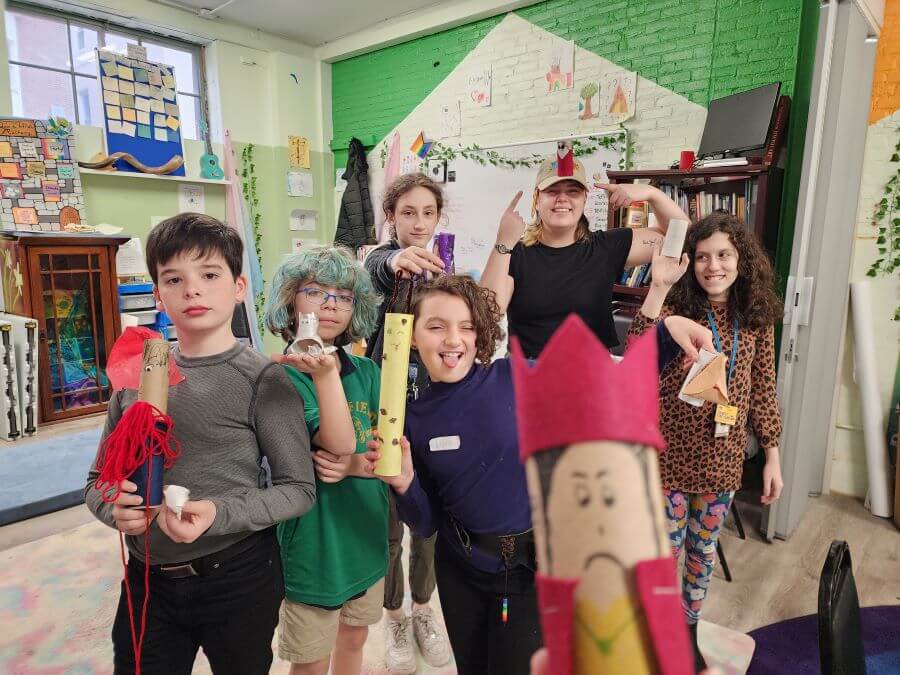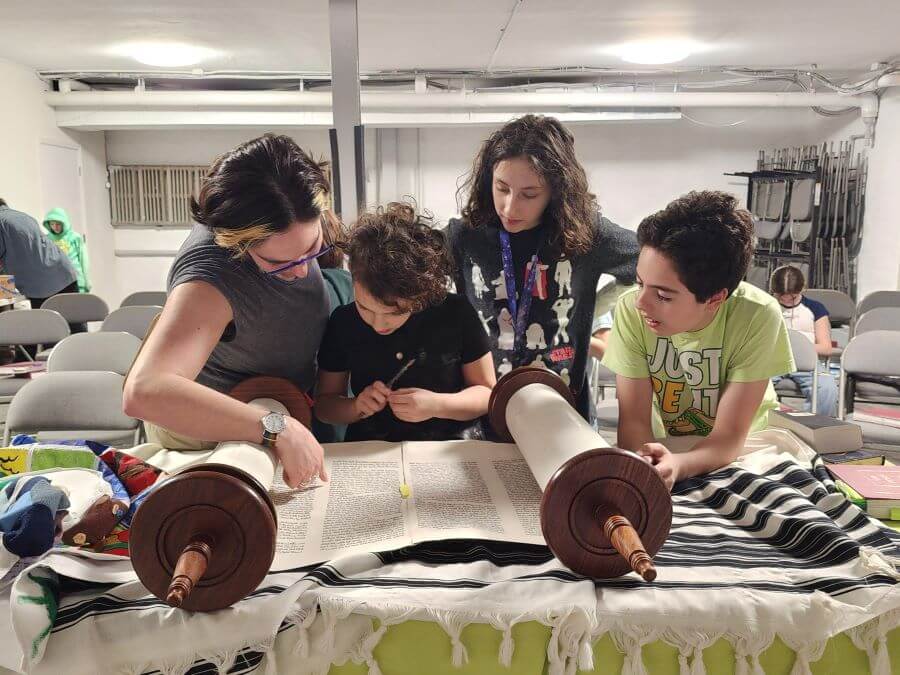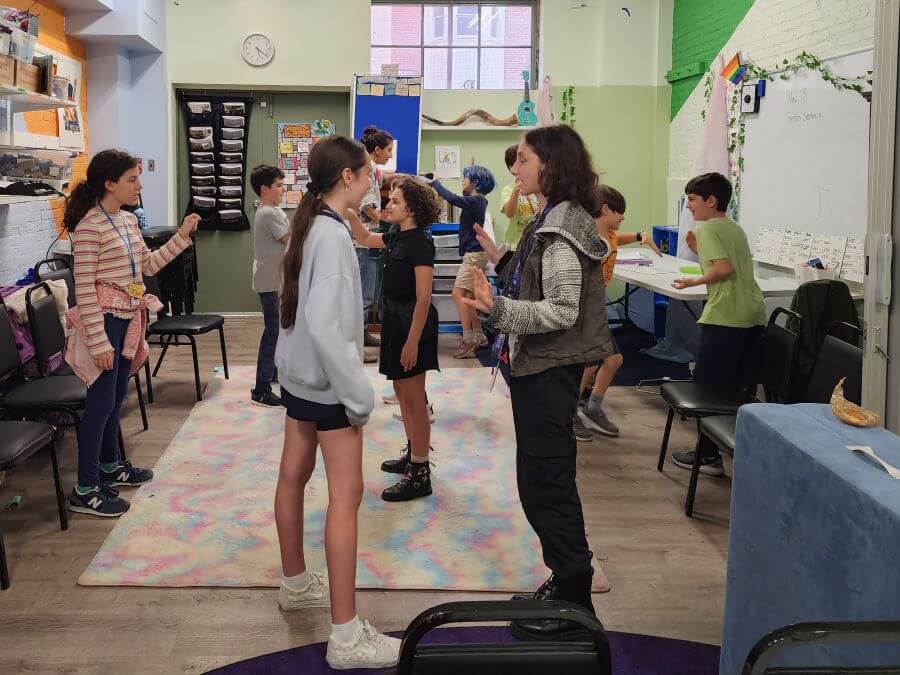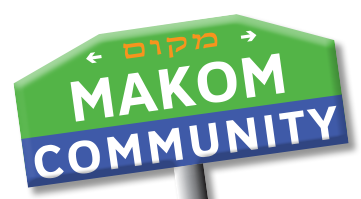
At Makom Community, ‘community’ permeates every aspect of what we do. From Family Shabbat to learner showcases to School’s Out Camp, we structure lessons, learning experiences, and multi-modal activities with our collective, rather than the individual, in mind. Cohort-based learning is the foundation of our approach to Jewish Enrichment. Although we prioritize student-led instruction, we take it upon ourselves to create a synchronistic balance between these two pedagogical approaches.
The impact of cohort-based learning comes through most clearly in Anafim, our 5th-7th grade kvutzah (group), which marks the culmination of Jewish Enrichment at our Lab School. Together these kids get to encounter texts that challenge, inspire, and confound them among like-minded peers. These text studies closely resemble an adult text study where each individual is invited to bring their full perspective and worldview to the table. It’s these genuine, incubating outlooks that enrich our discussions and enable conversations that open up everyone present to new considerations and give a soapbox to those who may otherwise shy away from vocalizing their view.

As the Anafim educator, I find it especially crucial to create spaces for young learners to have conversations and learning that create safe spaces for unpacking their ideas while also provoking them to expand their understanding of the world around them. Time and time again, I find our text studies taking detours that open my eyes as well as my learners’, and this wouldn’t be possible without the cohort itself.
This format of learning enables us to have profound conversations. For example, at the beginning of the Jewish Enrichment year, I passed around several clipboards, each with a blank template of a body outline and an emotion listed at the top. I invited the learners to draw how and where they feel these emotions in their bodies. After everyone had responded to each emotion, we displayed each emotion map on the board for us all to observe and reflect on the ways we feel emotions as a collective. We were surprised to see many of us feel joy and anger similarly, while our fear and excitement varied more individually. More recently, we discussed our relationships with our feelings and many of the learners reflected that they feel more uncomfortable sharing their emotions openly than keeping them to themselves.

Similarly, on another occasion, we discussed how Moshe veils himself after meeting with God because his radiance is too much for the people to witness. I asked the learners to reflect on ways in which they intentionally veil their authenticity from others. This led us to a conversation about the prejudice they and others experience in school and what a safe space for authenticity looks like.
It is these conversations and the many other sage discourses we’ve had in the Anafim cohort that affirm for me the value and impact of cohort-based learning. Were it not for the relationships we’ve built with each other, the community we’ve committed to and the learners’ diligence to bring their authentic perspectives to our text studies week after week, this level of engagement and learning wouldn’t be possible. It’s for this reason that I adore getting to see these kids grow together and I am continuously humbled by their wisdom and vulnerability.

